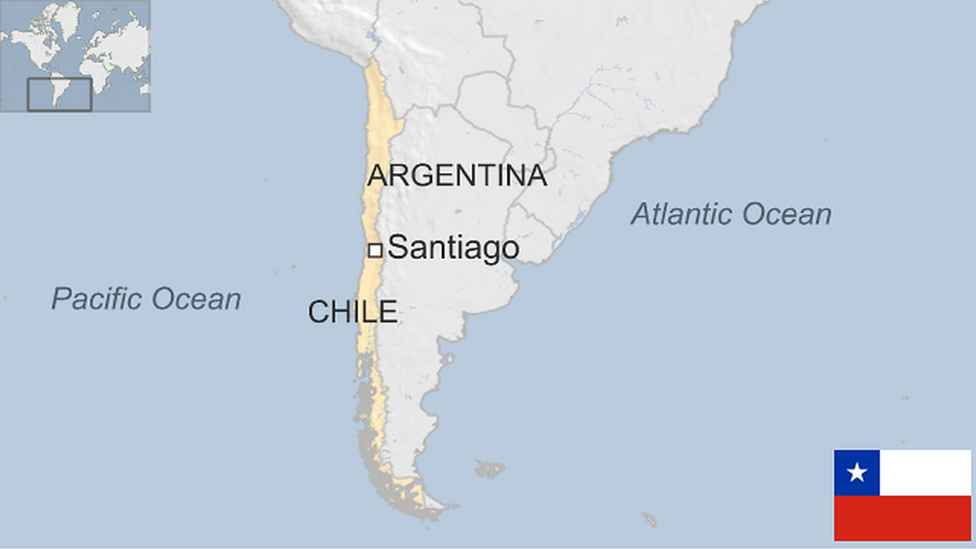Paraguay country profile
- Published
This page is no longer being updated. It was last updated on 22 August 2023

Landlocked Paraguay is surrounded by Argentina, Bolivia and Brazil.
Political unrest, corruption and chronic economic problems have plagued its fragile democracy since it emerged from the 35-year dictatorship of the Alfredo Stroessner in 1989.
The economy is reliant on agriculture and hydroelectric power. Unlike its neighbours, Paraguay does not have a large tourism industry.
Most of the population is of mixed Spanish and Guarani descent, and speak the indigenous language Guarani as well as Spanish.
The Triple Frontier region, where Paraguay meets Argentina and Brazil, has long been associated with drug-smuggling and other contraband trade.
Read more country profiles, external - Profiles by BBC Monitoring, external
REPUBLIC OF PARAGUAY: FACTS
Capital: Asuncíon
Area: 406,796 sq km
Population: 7.3 million
Languages: Spanish, Guaraní
Life expectancy: 70 years (men) 76 years (women)
LEADER
President: Santiago Peña
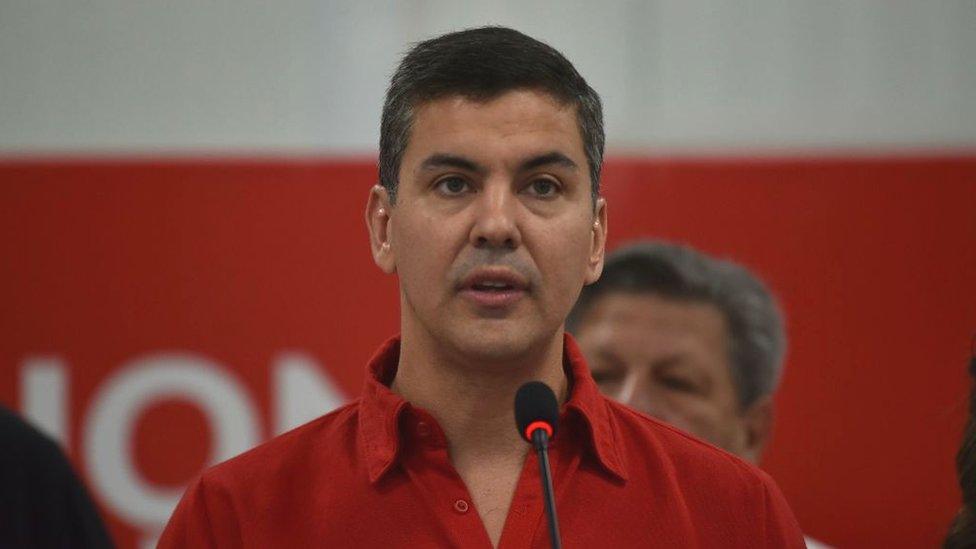
Santiago Peña, an economist and former finance minister, won the April 2023 presidential election with more than 42% of the votes for the Colorado Party - the party that has dominated Paraguayan politics for more than 70 years.
Speaking after his election victory, Mr Peña called for nationwide unity and consensus. Paraguay's economy is expected to grow by more than 4% in 2023, but the country has relatively high levels of poverty and corruption.
He has pledged business-friendly policies focused on job creation, low taxes and attracting foreign investment to Paraguay's agriculture-dependent economy recover after the Covid pandemic and a 2022 drought.
He has promised to stick with Paraguay's decades-long diplomatic ties with Taiwan.
MEDIA
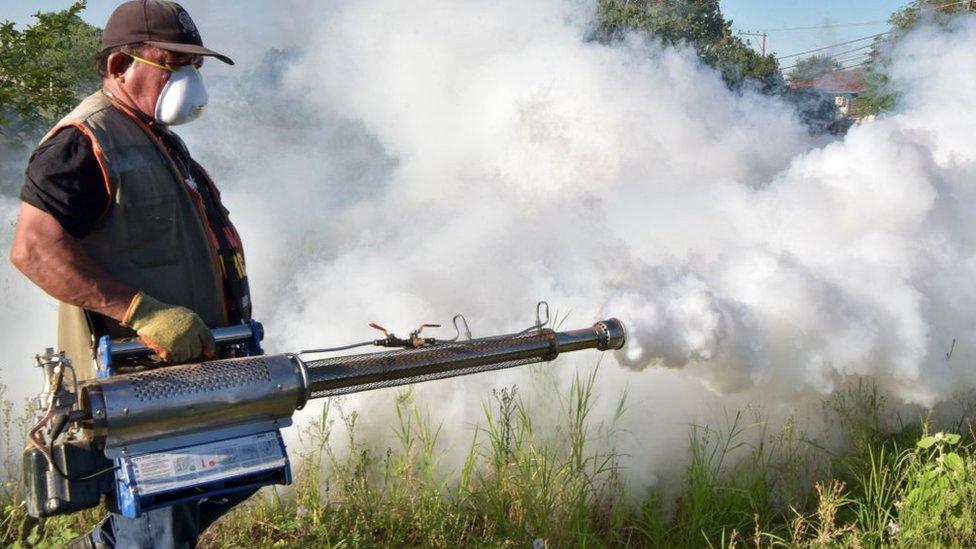
Paraguay had the highest number of dengue fever cases in its history in 2020, and efforts continue to eradicate the mosquitos which transmit it
Private and public outlets make up the broadcasting landscape and media ownership is highly concentrated.
The media operate with few official curbs. Crime reporting can be perilous in an area bordering Brazil and Argentina.
TIMELINE
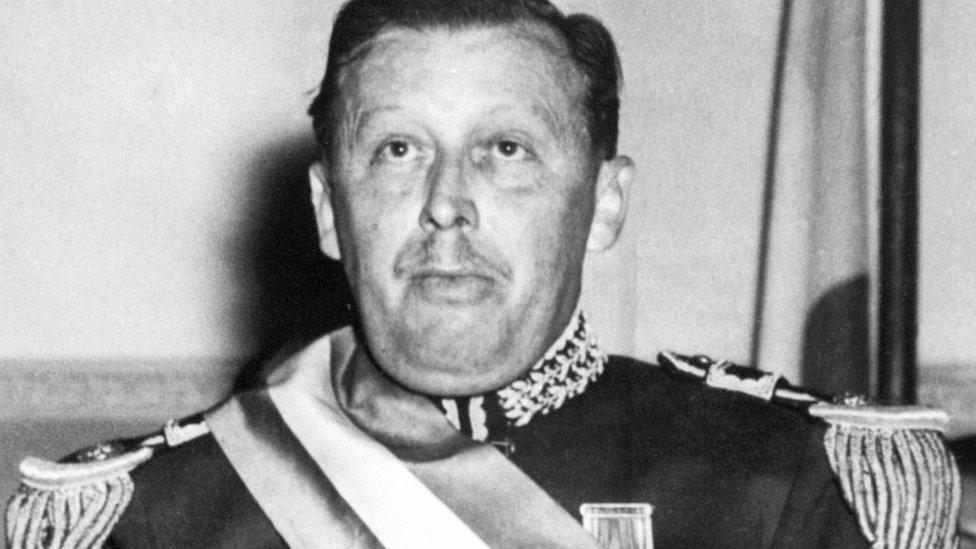
Dictator Alfredo Stroessner persecuted the indigenous population
Some key dates in Paraguay's history:
1500s - Originally inhabited by the indigenous Guarani people before the arrival of the first Spanish settlers.
1526 - Italian navigator Sebastian Cabot explores the rivers of Paraguay.
1537 - Spanish begin colonising the interior plains of Paraguay.
1609 - Spanish Jesuits begin converting the local population to Roman Catholicism.
1776 - Paraguay transferred from the Vice-royalty of Peru to the Vice-royalty of La Plata, which has its capital at Buenos Aires in Argentina.
1808 - Vice-royalty of La Plata becomes autonomous following the overthrow of the Spanish monarchy by Napoleon Bonaparte, but Paraguayans revolt against Buenos Aires.
1811 - Paraguay becomes independent.
1864-70 - War of the Triple Alliance against Argentina, Brazil, and Uruguay, the bloodiest inter-state war in Latin American history. Paraguay loses almost 40% of its pre-war claimed territories. Much of the civilian population dies due to battle, hunger, and disease
1932-35 - Paraguay wins territory in the west from similarly landlocked Bolivia during the Chaco War fought for control of the northern part of the Gran Chaco region, which was thought to be rich in oil.
1947 - Following a brief civil war, the right-wing Colorado Party dominates politics for the next 60 years.
1954 - General Alfredo Stroessner seizes power in coup, ushering in 35 years of ruthless dictatorship.
1989 - Stroessner deposed in coup led by Gen Andres Rodriguez, who is then elected president. However, Stroessner's centre-right, military-backed National Republican Association-Colorado Party wins parliamentary elections.
1992 - New constitution paves the way for free elections. Despite a failed coup attempt in 1996 and a succession of presidents, there is a long period of political instability and party infighting.
2006 - Former military ruler Alfredo Stroessner dies in exile in Brazil, aged 93.
2008 - Six decades of rule by the right-wing Colorado Party is brought to an end when former bishop Fernando Lugo is elected president, but the party returns to power in 2013 with the election of political newcomer Horacio Cartes
2014 - The Ache' indigenous people of Paraguay file a lawsuit accusing the former military government of genocide during Stroessner's dictatorship.
2015 - Albino Jara, the leader of Paraguay's second biggest rebel group the Armed Peasant Association (ACA), is shot dead by the army. The ACA is a spin-off of the country's main left-wing rebel group, the Paraguayan People's Army (EPP).
2017 - World Health Organization certifies Paraguay as malaria-free, making it the first country in the Americas to achieve this status since Cuba in 1973.
2022 - Osvaldo Villalba, the leader of the armed left-wing rebels the Paraguayan People's Army is killed in a clash with soldiers. The EPP has carried out a string of killings and kidnappings in Paraguay, including kidnapping former vice-president Óscar Denis.
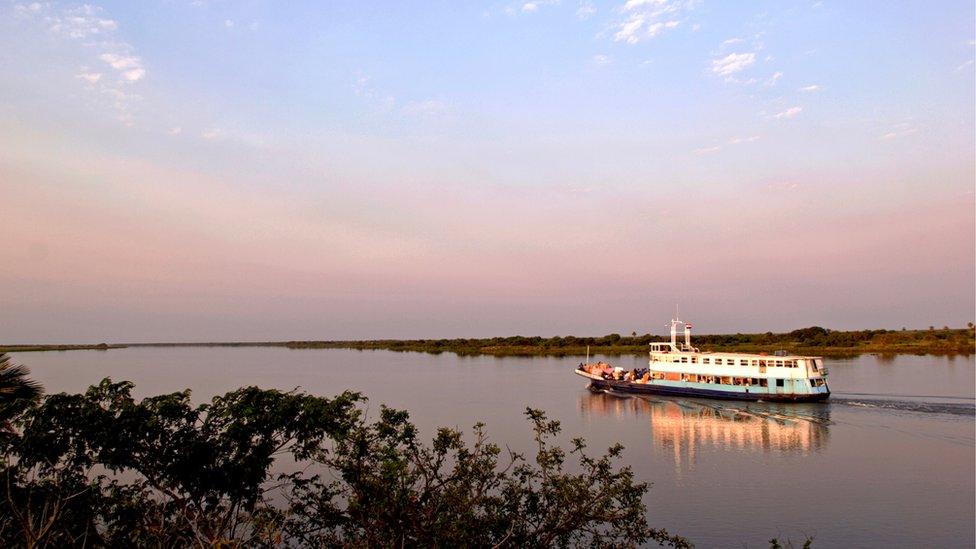
The Paraguay River is one of South America's major rivers, and runs through Brazil, Bolivia, Paraguay and Argentina
Related topics
- Published7 February 2023
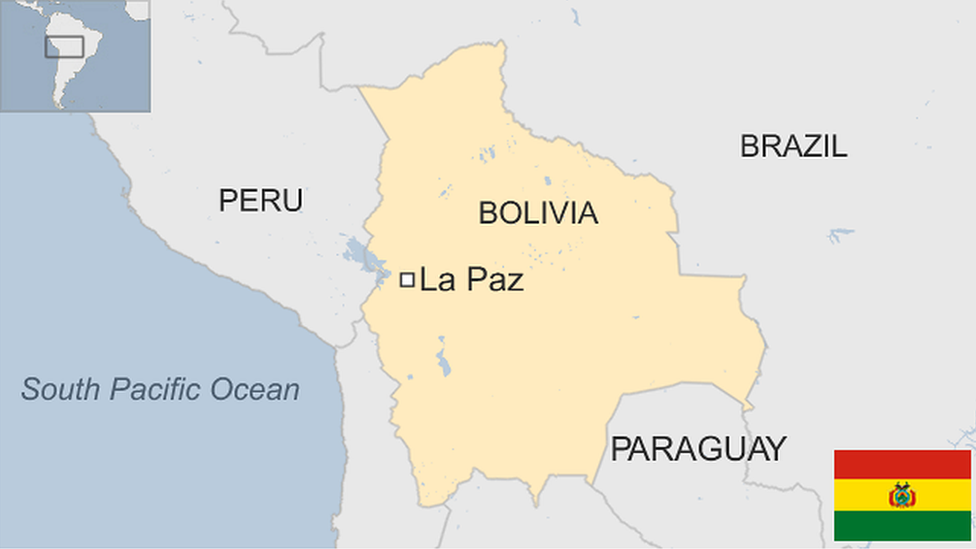
- Published2 June 2023
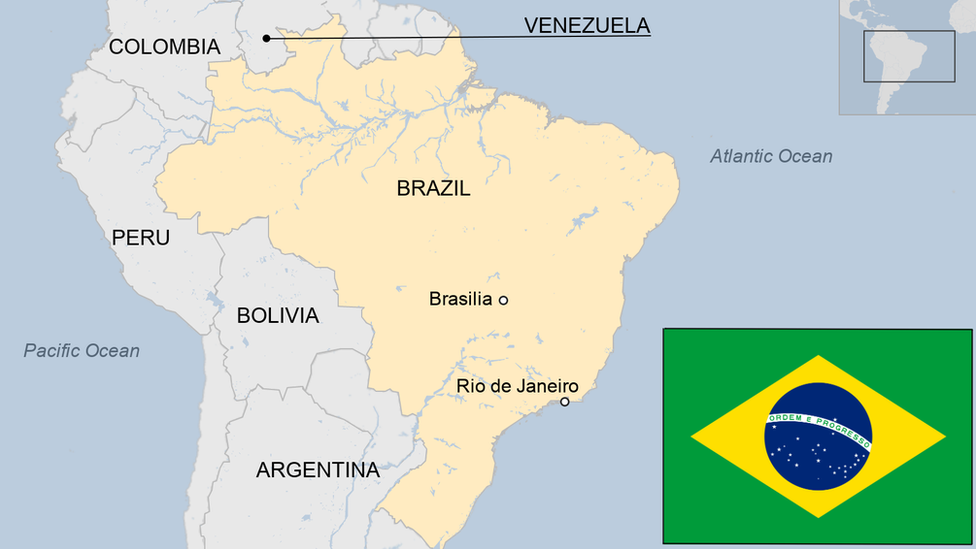
- Published25 November 2024

- Published8 January 2024
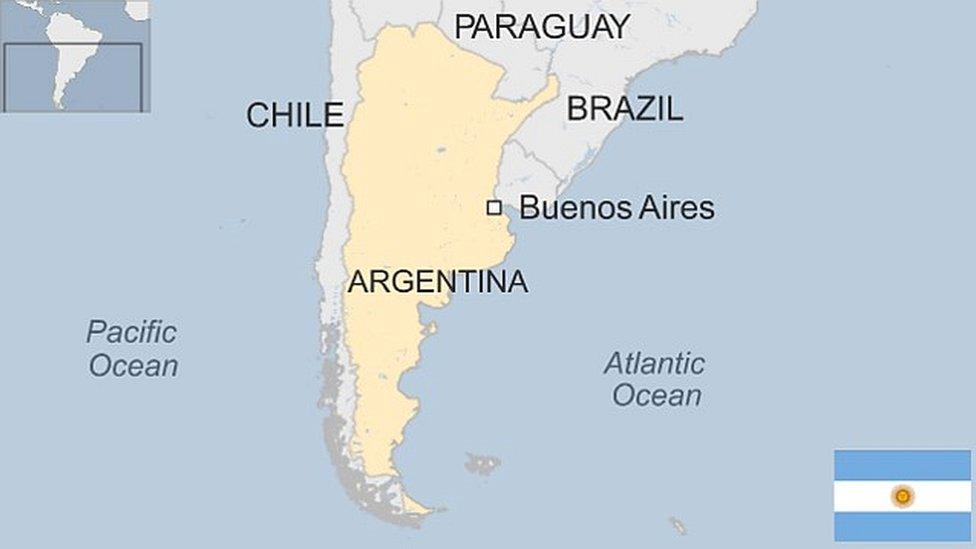
- Published11 December 2023
